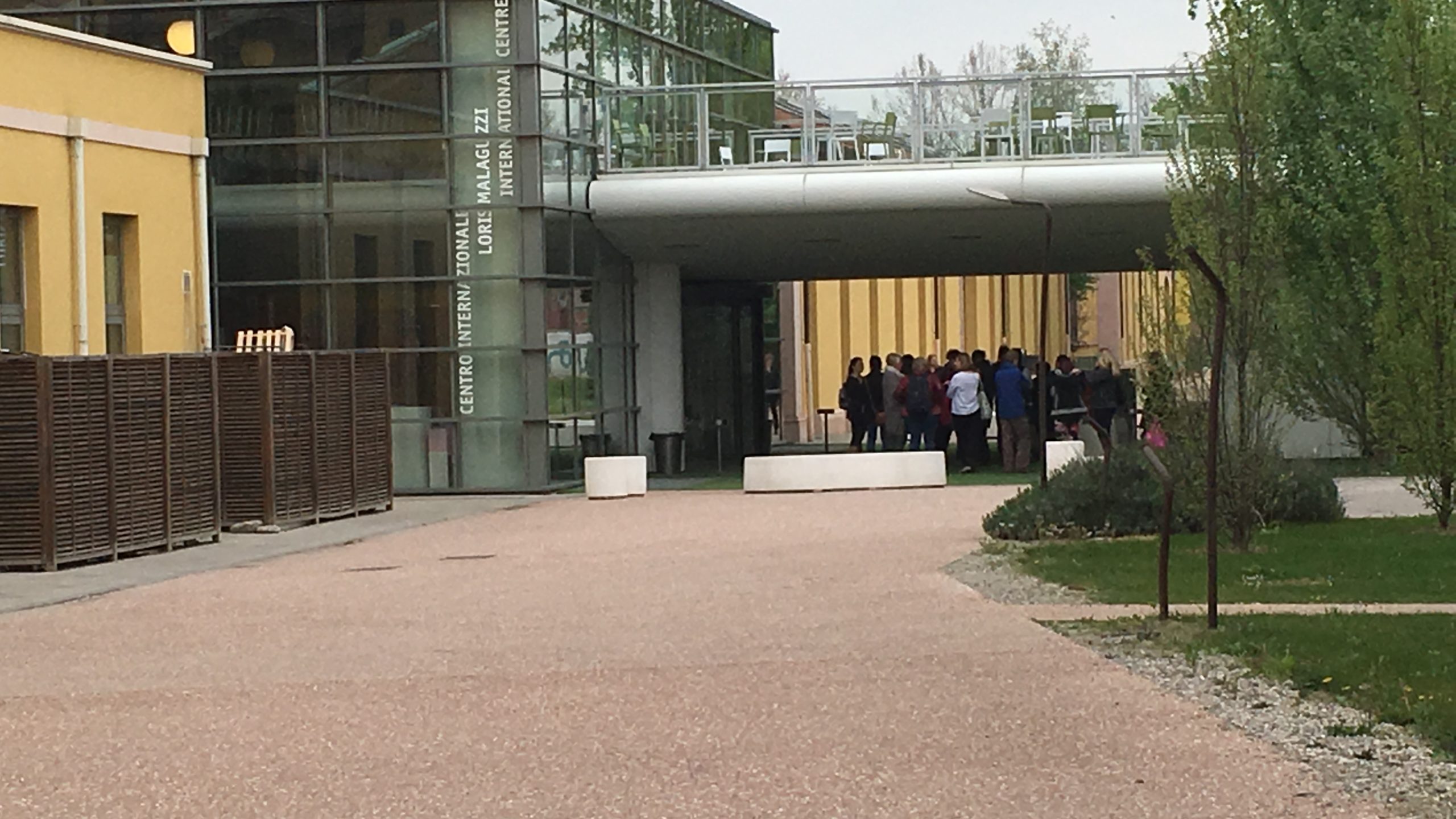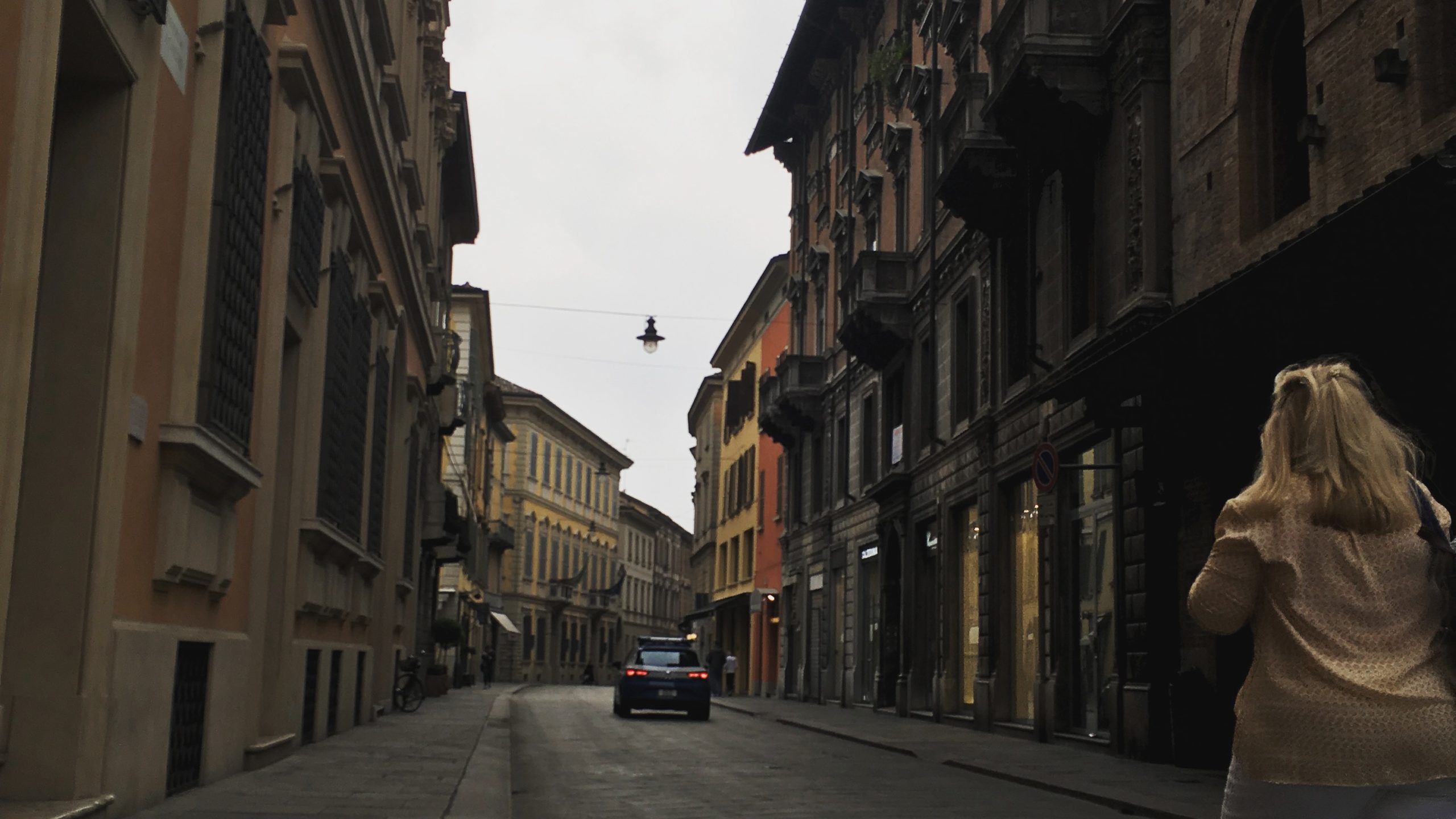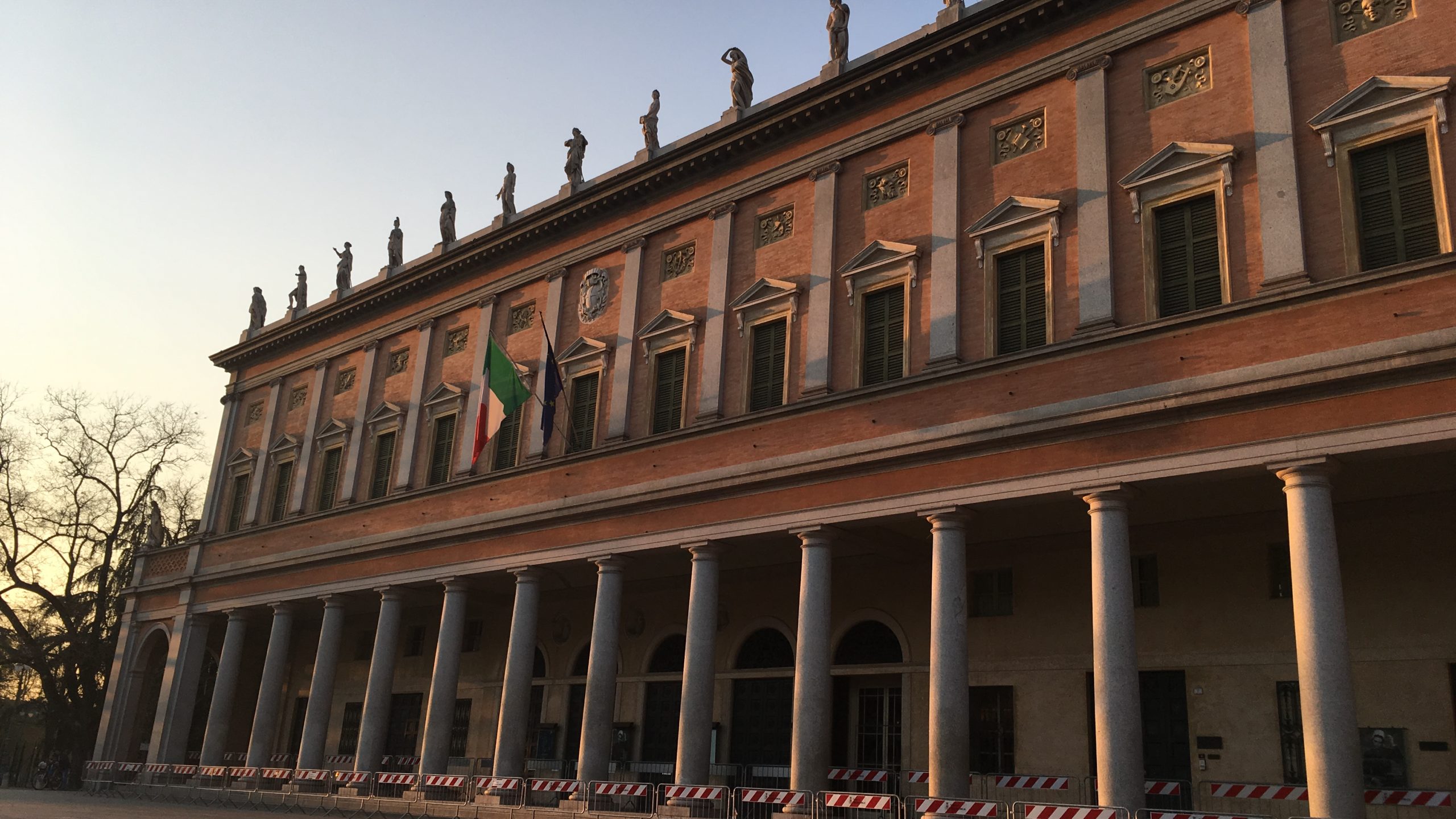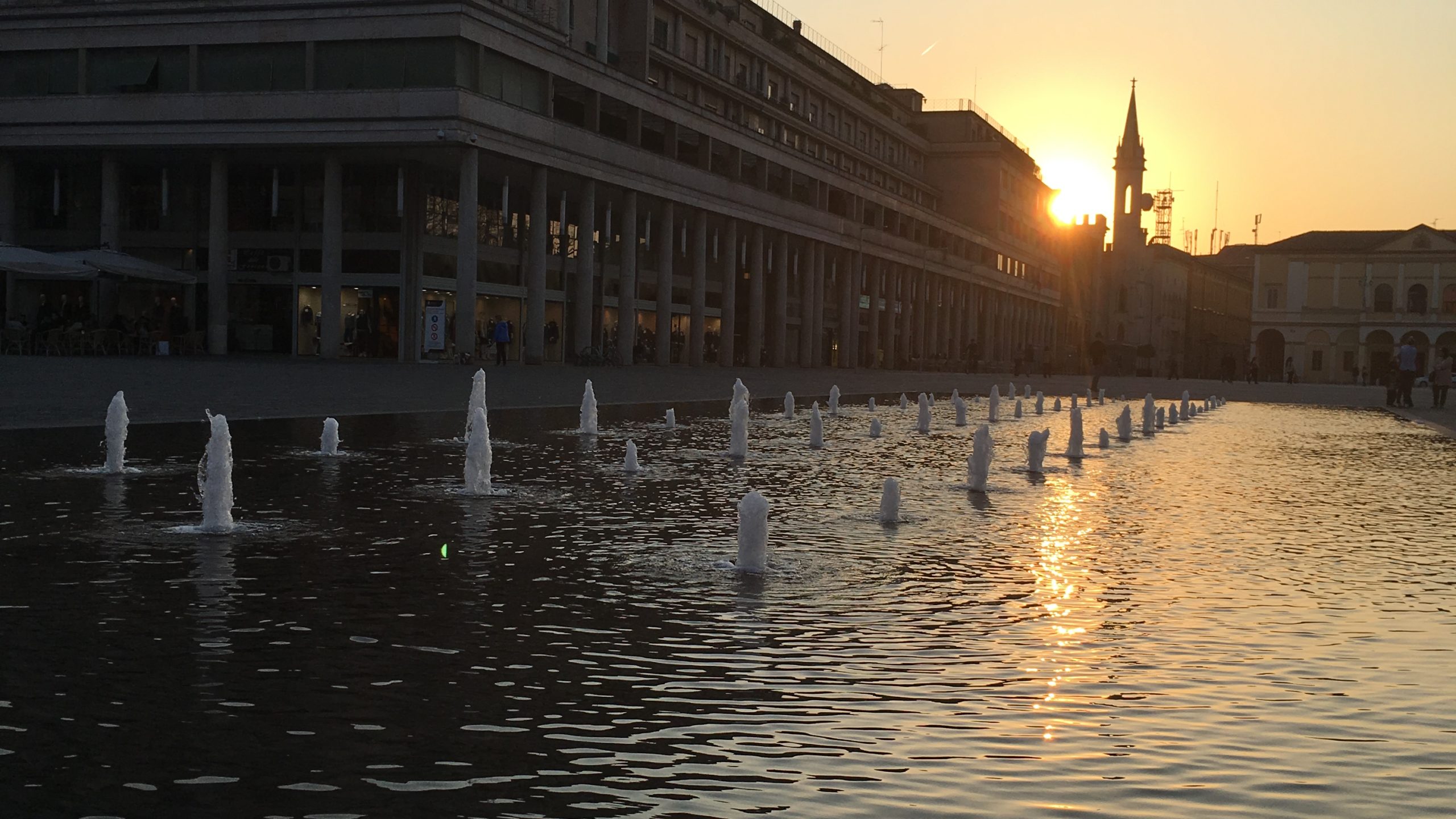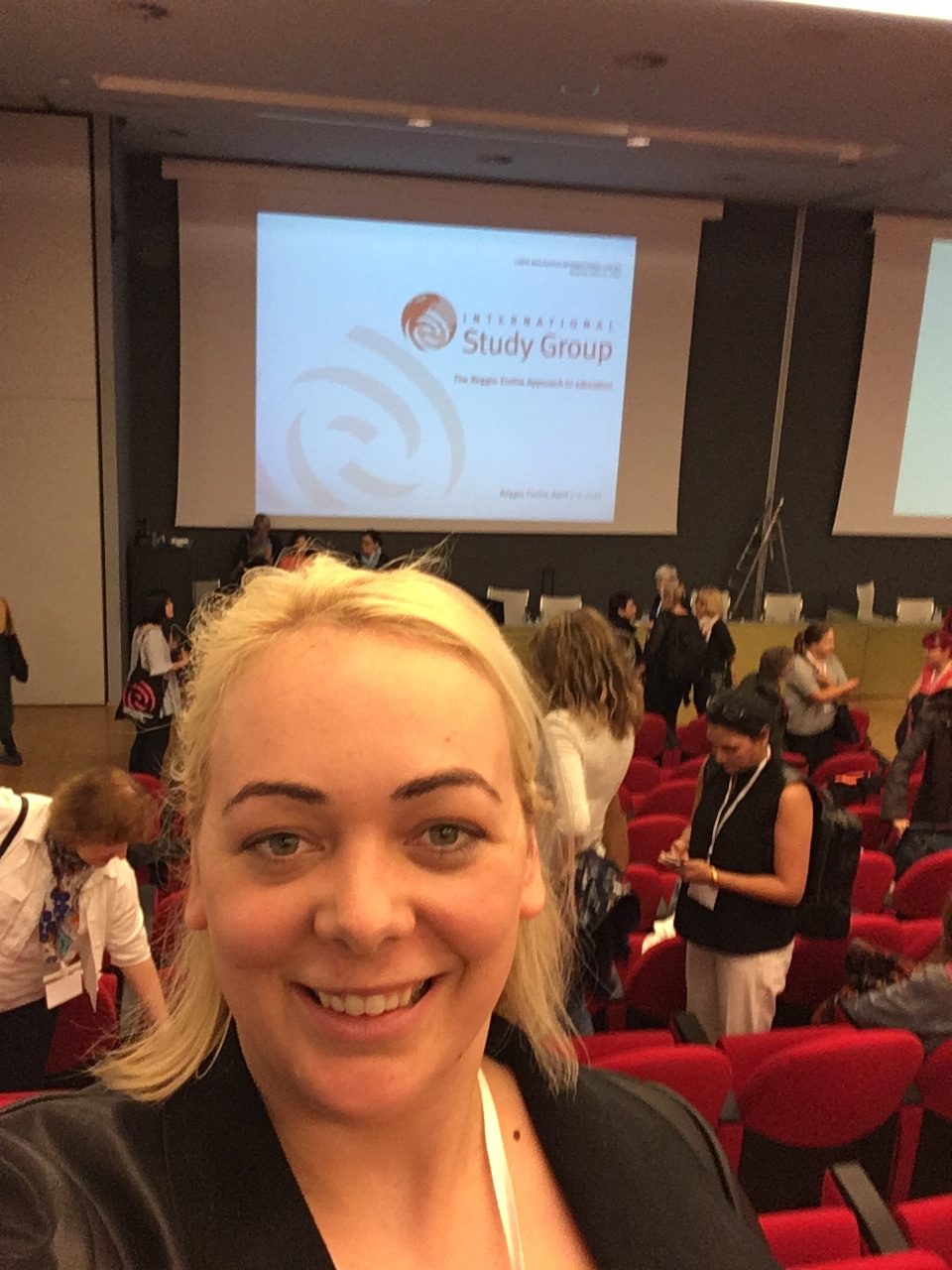Reggio Emilia is a place we hold close in our hearts. It is a place that inspires our education philosophy and inspires us as educators.
A handful of our educators have been fortunate to visit the wonderful town in northern Italy as part of our staff professional development program.
When you listen to the educators of Reggio Emilia you cannot help but feel inspired and full of passion for the early education of children. This is such a vital stage, and we believe in Reggio Emilia they do it so well!

The infant and toddler centres and preschools of Reggio Emilia rose from the tatters of world war two. The women of Reggio Emilia believed that the most important thing to rebuild was education for their children, education that was different from before, education that paid attention to childhood and the capabilities of children. From the bricks and rubble they built the first school. Loris Malaguzzi as a young teacher visited the school and was so inspired by their motivation that he stayed to teach in the school and was instrumental in developing the pedagogical approach to education that can be seen and felt thought Reggio Emillia today, and that has inspired so many across the world.
In Reggio Emilia, the educators believe in the capabilities of their children. They see themselves as researchers alongside the children connected in a shared journey of learning. They do not look at what children cannot do but trust their capabilities. This starts with a strong image of the child as a competent and capable learner. They believe children are co-constructers in learning, and do not learn in isolation, but connected with other children, adults, and the world around them.
“our image of the child is rich in potential, strong, powerful, competent and, most of all, connected to adults and other children”- Loris Malaguzzi
Too often in the UK we are more interested in ticking boxes and highlighting what children are not doing so well, we put learning into square boxes and test children at every stage of their life to ensure they measure up! We leave little room for children to deeply enquire, be fascinated, creative or connected in learning with others.
“Everybody is a genius. But if you judge a fish by its ability to climb a tree, it will live its whole life believing that it is stupid.” Albert Einstein
In Reggio Emilia, using this image of the child, the curriculum was revolutionised. Seeing children in this way meant there was no place for a pre-planned and pre-set topic where teachers taught what they thought children should learn. The curriculum emerged from and was directed by the children’s own fascinations and interests. This allowed the children to empower themselves through their learning, to be truly connected with their subject. It left room for discussion, to reflect to make mistakes, and try again building resilience and a respect for others views or ideas, to be researchers testing out theories and ideas.
Educators carefully and skilfully observe the children, documenting using notes photos and video to capture how the children are learning and connecting with their world and others. It opens a window into the children’s learning process, helping the educators understand how children learn, what their fascinations are, and enables them to, more purposefully plan the environment or pose a question to the children that develops their thinking further. It makes visible to the children their process so they can review their work and thinking, creating new challenges to explore. Through this rich documentation children’s learning can be shared with parents and the wider community making children’s learning visible and valued.
“stand aside for a while and leave room for learning, observe carefully what children do, and then if you have understood well, perhaps teaching will be different”- Loris Malaguzzi
The environment is known as ‘the third teacher’ a space that is rich in opportunity, a space that facilitates exploration and enquiry. A space where light, shade and life are used to offer challenge and questions to the children. Attention is paid to the aesthetic and beauty of the space and everything within it is there for a purpose. Each school has an Atelier (art studio) with an Atelierista (artist) who works with the children helping them to communicate using their ‘100 languages’ these are the many ways in which the children can express themselves and their thinking, the ways in which children make sense of their world through art, dance, music to name a few. Loris Malaguzzi authored the poem ‘no way the 100 is there’ which, I believe, perfectly encapsulates this.
The Hundred Languages on Vimeo
At Growing Places, we take inspiration from the work of Loris Malaguzzi and the educators of Reggio Emillia. Our own educational belief and image of a child are aligned with those of the Reggio Emilia infant and toddler centres and preschools. We offer an enquiry-based curriculum that is led by our children creating environments rich in possibility with educators who are connected alongside children as they discover the world and the many possibilities.
Sources Consulted
Hundred Languages of Children, edited by C. Edwards, L. Gandini, and G. Forman, Ablex Publishing Corporation, London, 1998
Reggio Emillia-An innovative approach to education, M. Le-Blanc, Community Playthings, https://www.communityplaythings.co.uk/learning-library/articles/reggio-emilia
Learning theories for Early years practice, S. Mcblain, Sage publishing, 2018

